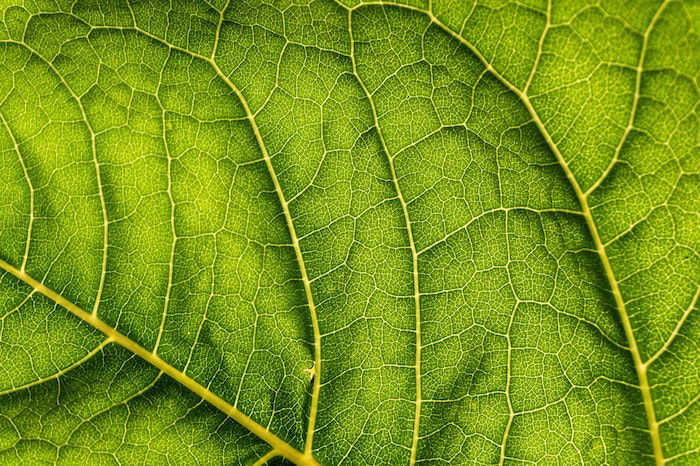Macro flower photography is a great way to capture the beauty of flowers in a whole new way. By getting up close and personal with your subject, you can reveal details that might not be visible from a distance.
But macro flower photography comes with its own set of challenges, from lighting to a shallow depth of field. Continue reading for everything you need to know about shooting macro flower photography!

- Learn to take stunning photos without stepping outside.
- Discover affordable ways to convert any lens for macro shots.
- Explore unique techniques for lighting and composing your subjects.
Top Tips for Macro Flower Photography
Below are our top techniques for getting the best macro flower photos.
Macro Flower Photography Equipment
The only essential pieces of gear for taking macro photos of flowers are a camera and macro lens. But a diffuser, reflector, shutter remote, and tripod are also good additions.
I try to keep my camera setup to a minimum when shooting flowers. That’s because I don’t like carrying a lot of gear into nature.
Most of the time, I carry just my camera with a 100mm macro lens, a lightweight tripod, a shutter release, and a couple of sheets of white and wax paper. I use these as DIY natural light reflectors and diffusers.
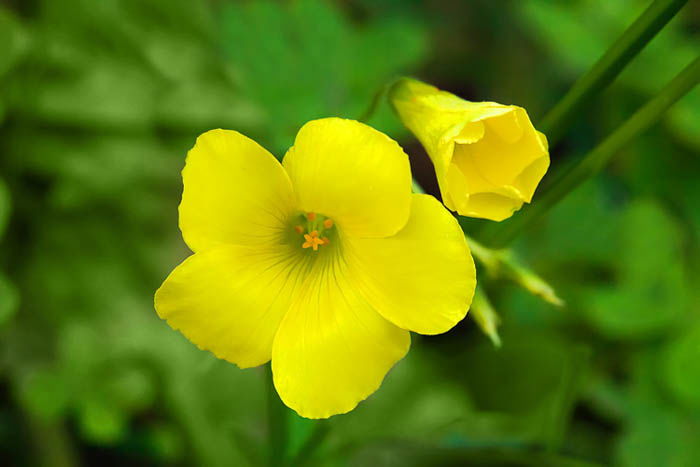
Planning Your Macro Flower Photography Shoots
Macro flower photography depends heavily on location and time of day. Being one step ahead and planning are key factors in shooting flowers.
I try to scout the place and check the weather conditions in advance. Calculating the best time of the day to photograph is also important. This will affect and color temperature and the harshness of the sunlight.
The light is softest right after sunrise and right before sunset. Shooting in the middle of the day uses harsh, direct light that can sometimes cast unwanted shadows.
Spring tends to be the best time for flower photography. That’s because nature is revealing itself after a harsh winter and flower fields bloom.
But it doesn’t mean the other seasons can’t offer great images. This next picture was photographed in wintertime with early morning raindrops.
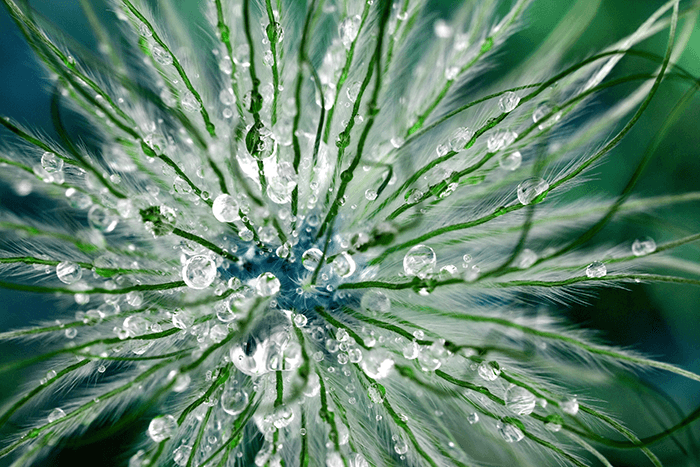
Macro Flower Photography Composition
With such a tight framing, composition is a very important part of the image. Following the rule of thirds and using negative space are great ways to create interest in your image.
Finding the right angle isn’t easy. I tend to compose my shots handheld, then set up a tripod once I find the right perspective.
It’s also important to find the right angle to create volume. Sometimes, photographing flowers can look really flat. But if you capture flower photos from different angles, you can highlight their natural patterns and textures.
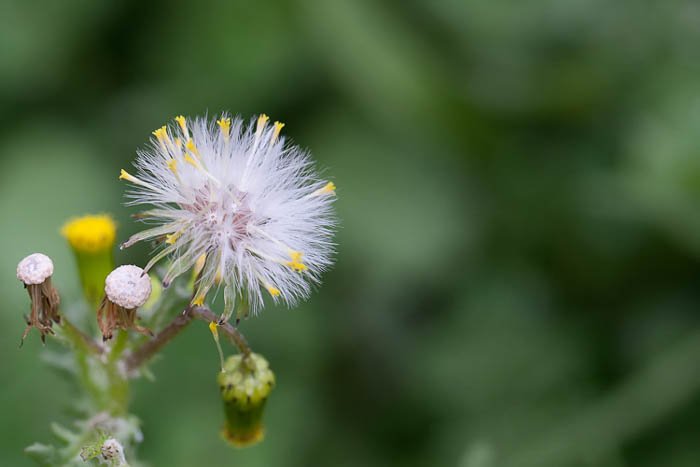
Control the Depth of Field
Controlling the depth of field is a great way to create interest in your image. The depth of field is the distance between the nearest and the farthest objects in focus in the scene. It allows for background separation and a cleaner composition without distracting elements.
Both of these images were photographed with the same camera body and lens combination. The only difference is I used a different aperture.
The left image was photographed at f/32. The right image was photographed with f/5.6. This shallower depth of field creates better background blur and separation.

Choose the Right Shutter Speed
It might seem that flowers don’t move much. But even the slightest breeze can cause motion blur when photographing close-ups.
Even with the camera mounted on a tripod, it’s important to set the right shutter speed to get a sharp image.
If you’re using a tripod-mounted camera on a calm day without any wind, you can use a slow shutter speed. But if you’re shooting handheld or on a very windy day, use 1/60 s or faster.
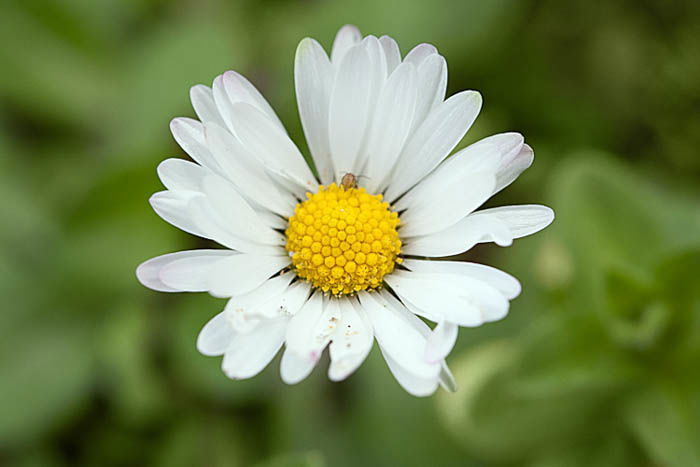
Getting the Best Natural Light
Natural light can look very different depending on a few factors. It’s affected by weather conditions, the time of day, and the season.
Using reflectors or diffusers is a good way to give yourself more control over natural light. You can do this with simple and easily available objects if you don’t have a reflector kit.
A white sheet of paper or foam board can reflect light, creating a fill effect. Translucent wax paper can diffuse the light to create a softening effect.
The next images show the difference between direct harsh sunlight (left) and that same light softened with a diffuser (right).

Manual vs Autofocus
Creating the right focus point on photos of flowers is not easy. Focus point overload sometimes confuses autofocus. And in macro photography, a couple of millimeters might be enough to throw the whole subject out of focus.
Manual focus is the way to go if you are using a tripod and have control of the camera’s positioning. Autofocus modes are essential for handheld shots, but you should use the One-Shot AF option. This is a more reliable focusing method because it locks focus, while AI Servo does not.
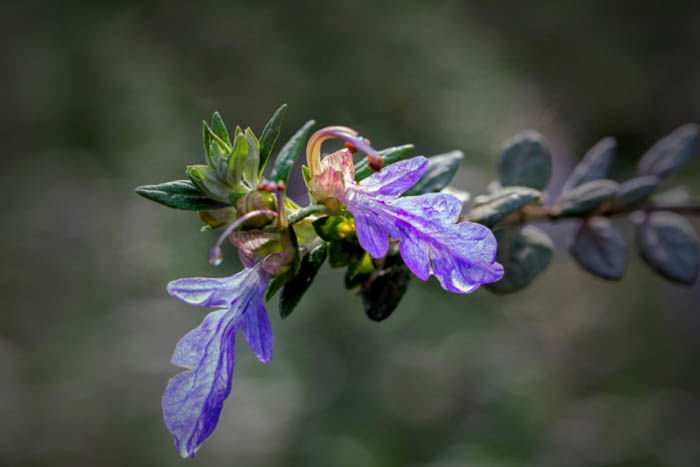
LED Lighting
Even though I prefer to use natural light, sometimes sunlight is just not enough light. These times are when you need to resort to artificial light.
Using LED lighting has become a very popular way of lighting images. Nowadays, it is the main source of continuous artificial photography lighting. I use a light system that consists of two articulating arms with small LED bulbs.
These LEDs create precise light spots on the image. They add texture and volume to images of flowers, making them much more interesting.
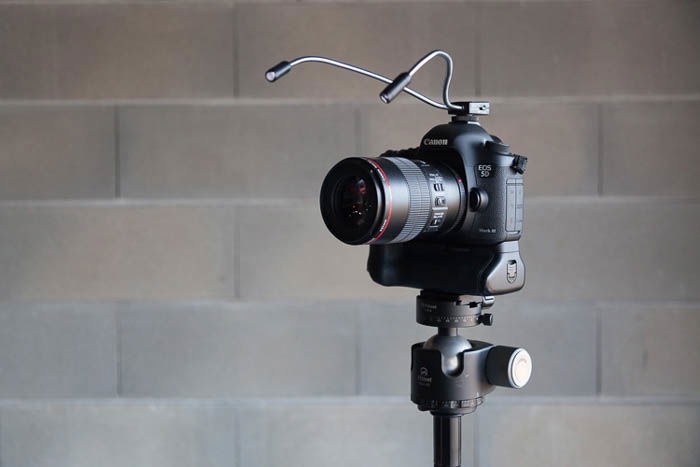
Flash Lighting
When LEDs aren’t enough, use flash lighting. It is a lot more powerful and offers different possibilities.
This twin light system usually overpowers natural light, resulting in images with a more artificial look. But if you need to use a fast shutter speed, it provides enough light to do so. This allows us to create images that would be otherwise impossible due to insufficient light.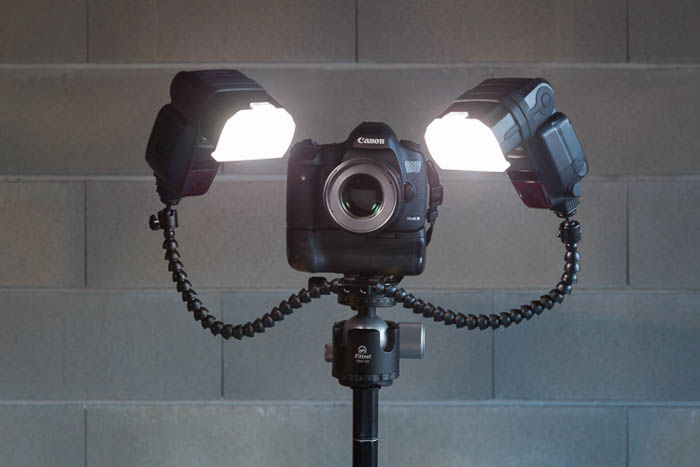
Abstract Macro Photos
The macro world is always a fascinating one. From insects to food, it offers endless photographic opportunities.
We relate to things we can see with the naked eye. But when we increase the magnification, things quickly become abstract to us. And that makes them interesting.
Abstract photography can be incredible for some amazing flower images. When you magnify the parts we don’t normally see, it’s sometimes hard for us to understand what we’re looking at. What starts as normal-looking flower photography quickly becomes a work of art.
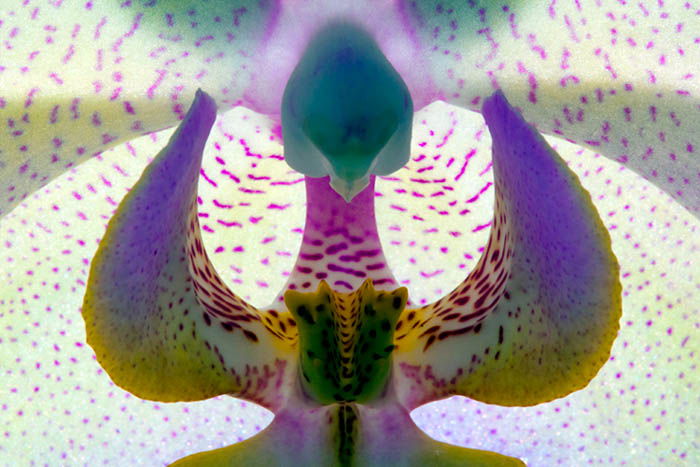
Conclusion—Macro Flower Photography
Macro flower photography opens up a whole new world of photography possibilities. With the right equipment and techniques, you can create stunning photos that wow your viewers.
These simple tips for macro flower photography will for sure set you on the right track to some amazing flower images.

- Learn to take stunning photos without stepping outside.
- Discover affordable ways to convert any lens for macro shots.
- Explore unique techniques for lighting and composing your subjects.
